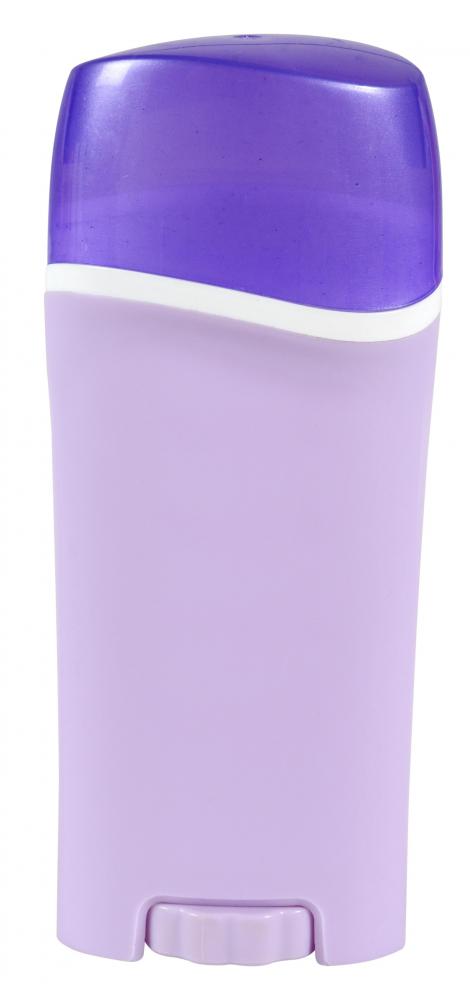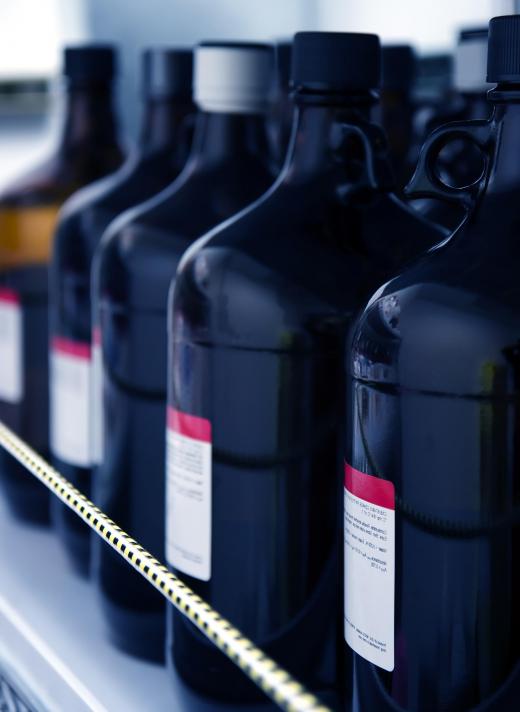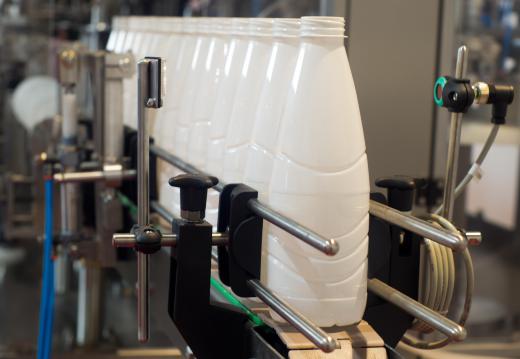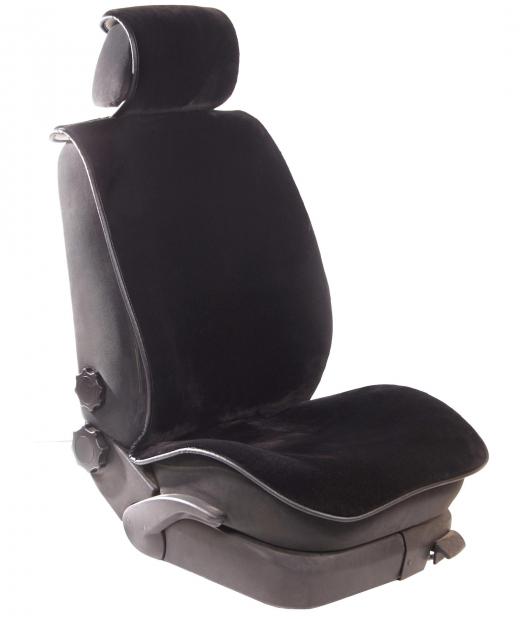What is Propylene?
Propylene, also known as propene, is one of the most important organic compounds produced industrially. It is a gas at room temperature and is composed of three carbon atoms, along with hydrogen atoms. It is a very reactive molecule, because it has a double bond. Propylene has a tendency to undergo reactions in which compounds are added to it at room temperature. It is often used in plastics and solvents.
There are two ways of synthesizing propylene. One is as a side effect of petroleum refining. The other is by a procedure called cracking, which is used to produce the gas ethylene. Natural gas or straight-chain gasoline are heated at extremely high temperatures with steam and produce propylene, along with ethylene and other organic compounds. It is also produced naturally from the burning of organic matter.

The products synthesized from propylene include a large variety of organic compounds. Many of them are components of plastics. Some of the industrial compounds synthesized are polymers of hydrocarbons. They are composed of carbon and hydrogen atoms.
An example is a group of valuable plastics, such as polypropylene. It is a long chain polymer with a methyl group, CH3, on every other carbon. The location of the methyl group compared to the next carbon affects the properties of the plastic.

Polypropylene is used in packaging and medically, such as in patches for hernias. It is used in injection moldings and for making fibers. Polypropylene is very heat resistant, and can be put through an autoclave cycle and sterilized. This makes it very useful for medical and laboratory uses.
One problem with polypropylene is that it is sensitive to UV light and degrades in the sun. Black polypropylene is more stable to UV rays and more long-lived for outdoor uses. This makes it useful for ropes for boating and plastic sheeting, for example.

Another industrially important derivative of propylene is propylene oxide, a closed ring derivative with a reactive oxygen group. It is used as an intermediate in the synthesis of other compounds, particularly polyurethane plastics. These compounds have a wide array of properties, ranging from foams to hard plastics, and their uses range from car seats to gaskets.

A smaller percentage of propylene oxide is used in making propylene glycol (PG) and polypropylene glycol (PPG). PG can mix with water and is non-toxic. This makes it useful as a solvent in the pharmaceutical, food, and cosmetics industries. It is used in deodorant sticks, for example.
PPG is a polymer of PG and cannot mix well with water. Along with PG, it is used as an alternative form of antifreeze to reduce its toxicity to animals. One of its primary uses is in making polyurethane plastics.
Propylene carbonate is another product of propylene oxide. It combines PG and carbonic acid to make a solvent that is colorless and odorless. This property makes it a useful solvent for lithium batteries. It has a variety of other industrial applications, including the formulation of cosmetics and as a plasticizer.
AS FEATURED ON:
AS FEATURED ON:














Discussion Comments
Propene can be converted to acetone. Acetone is an important ingredient in many solvents. Two epoxies and glues can be removed with acetone before they harden. Acetone is a major component in many paints and varnishes. Acetone is handy cleaning metal in preparation for painting. Most nail polish removers use acetone as a base.
Acetone is used in the pharmaceutical industry to denature. It is also used in drugs as a filler.
Post your comments